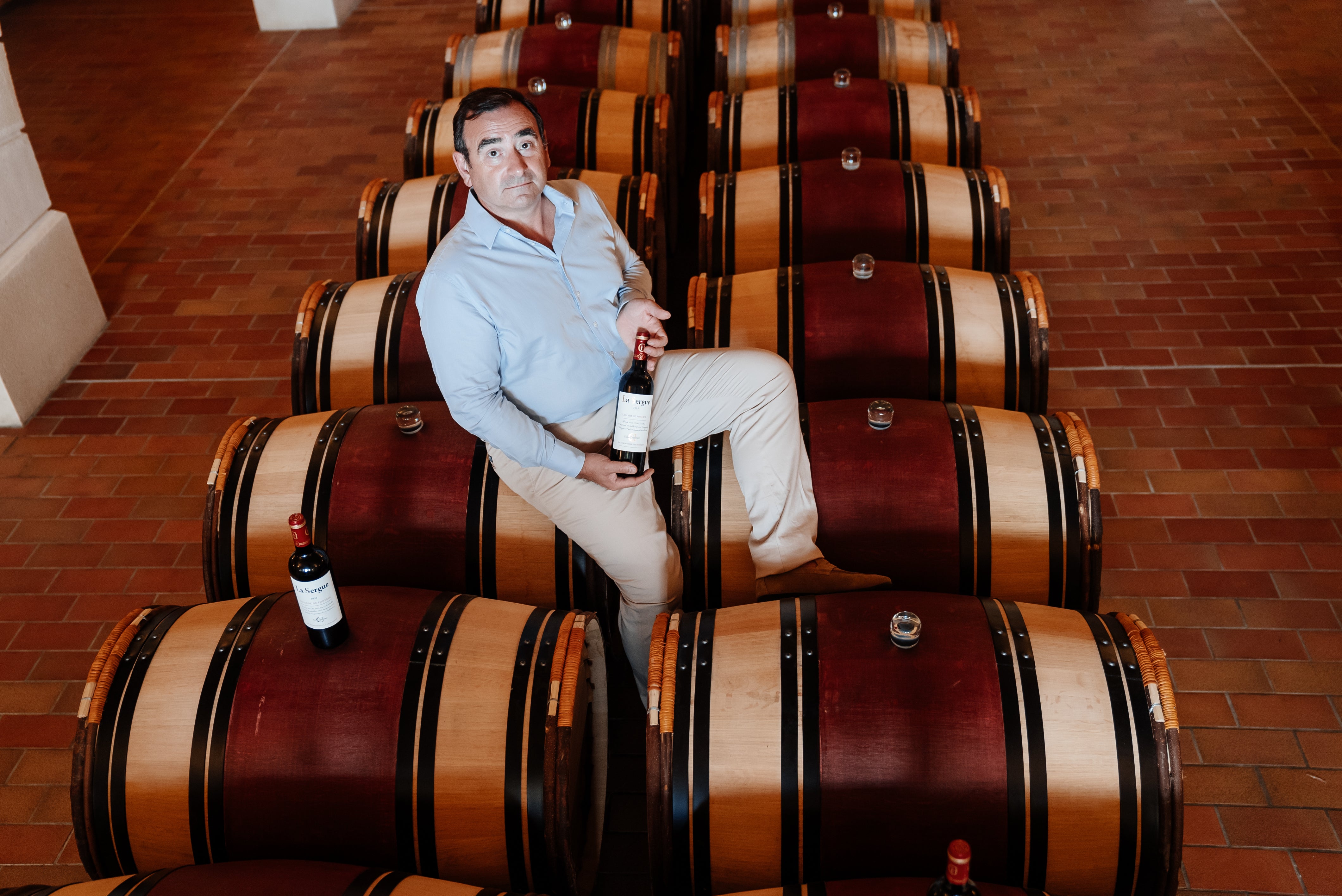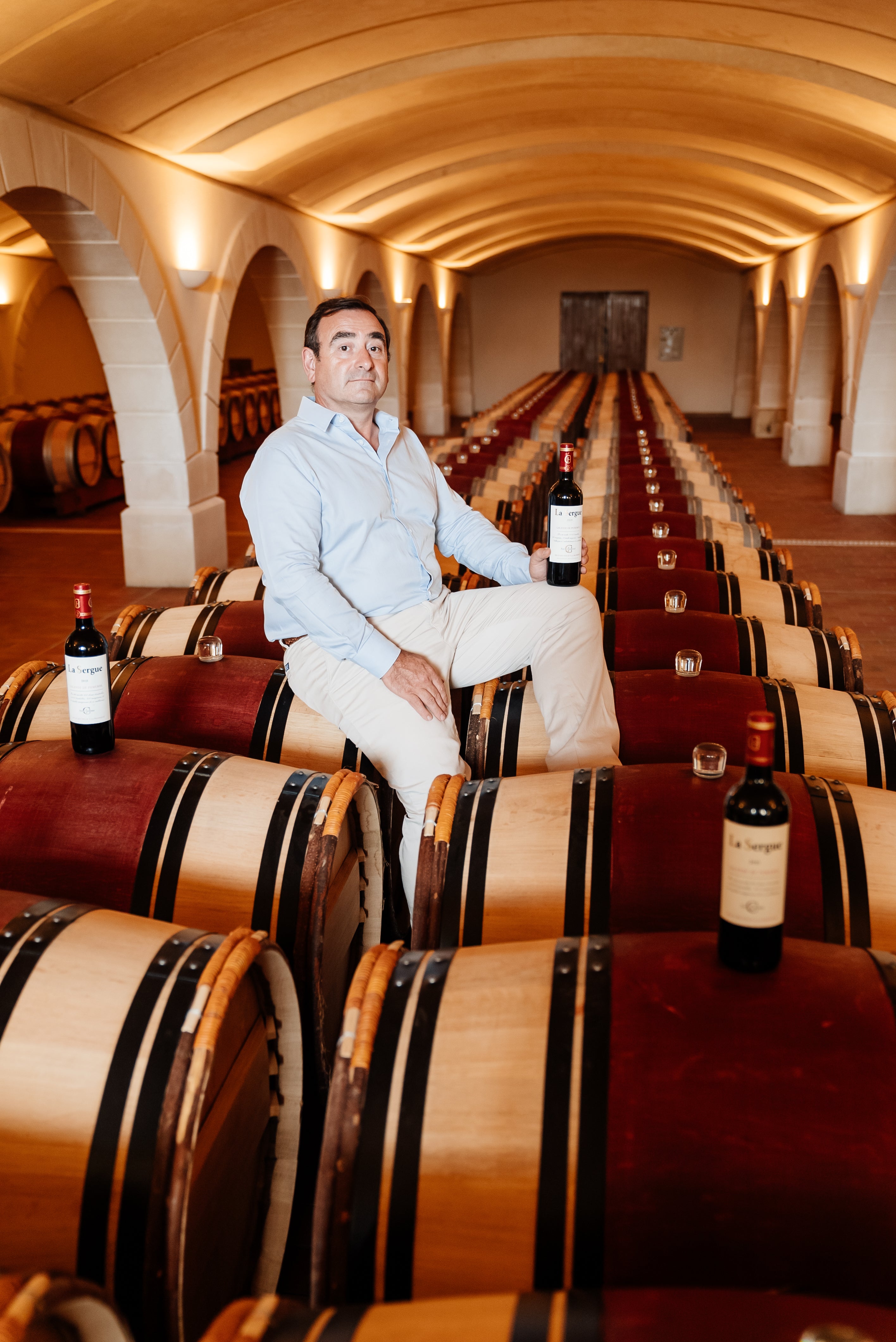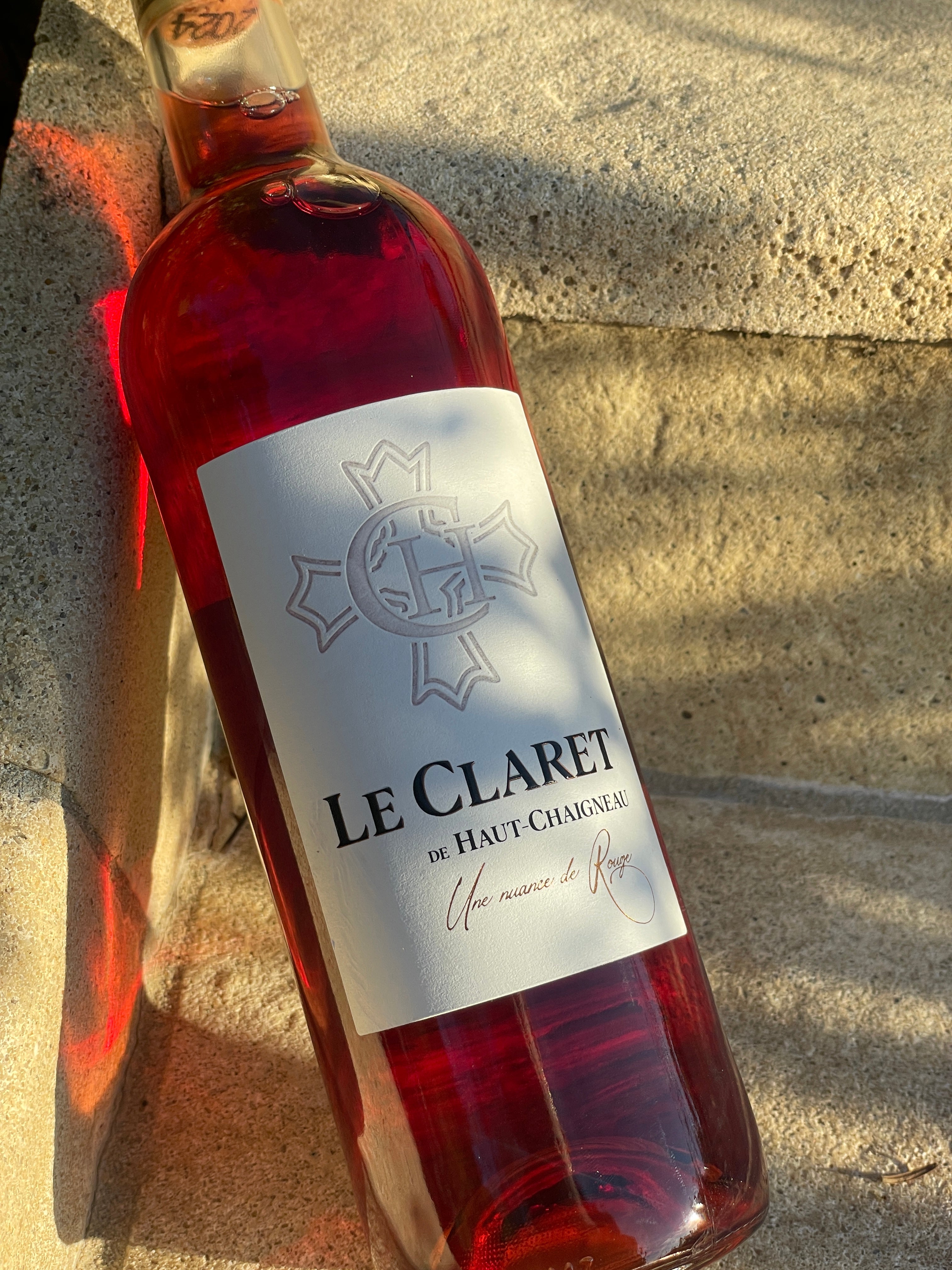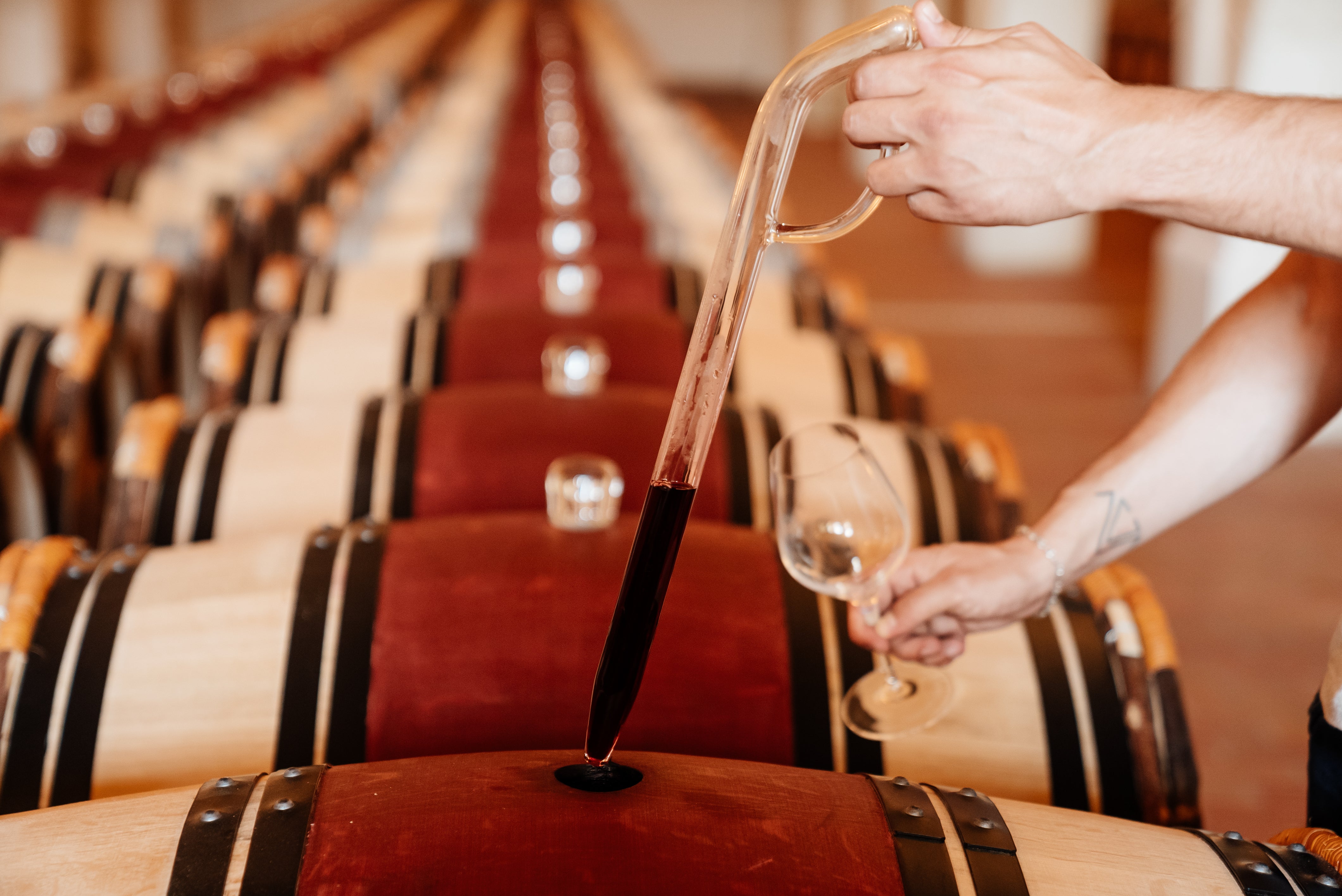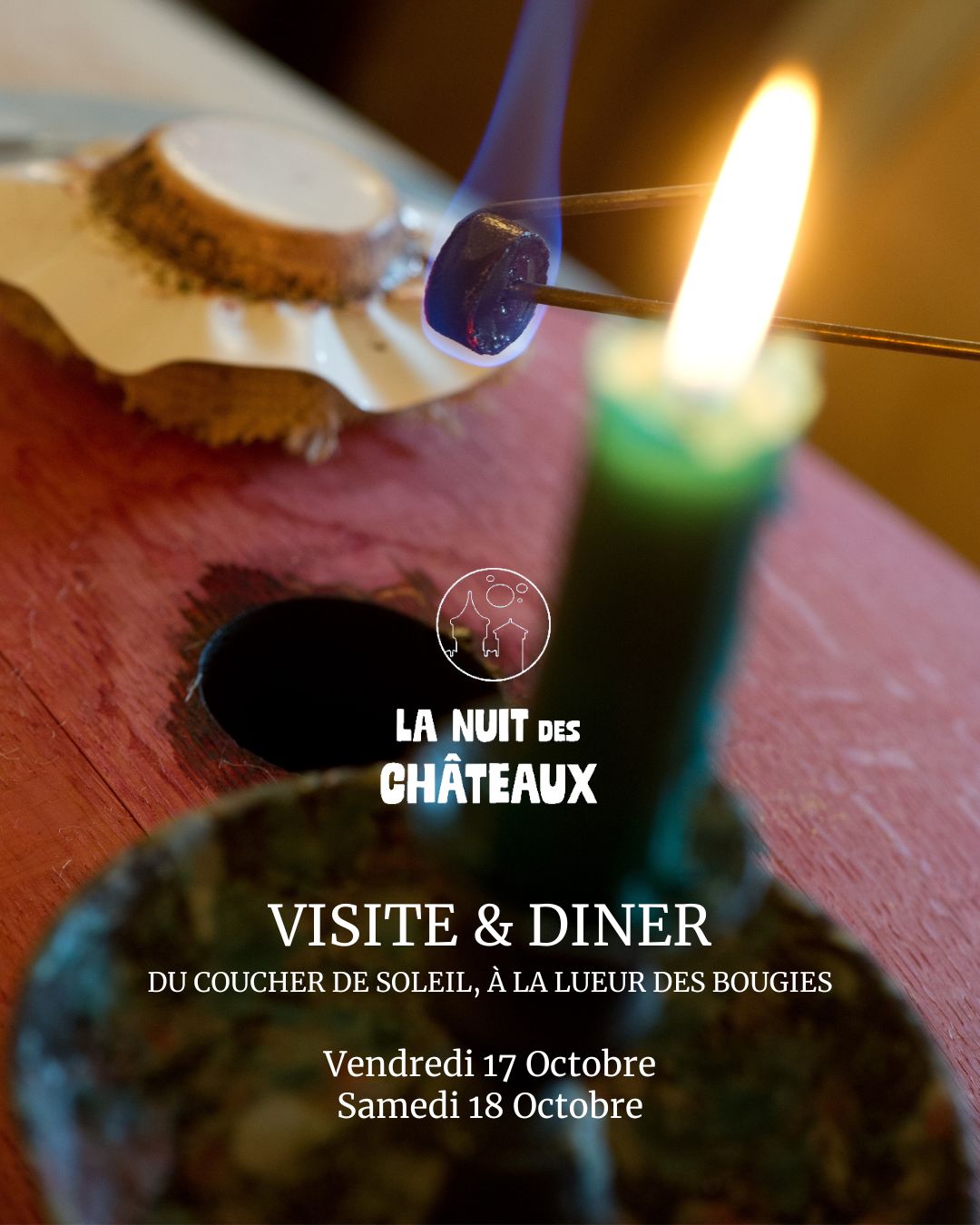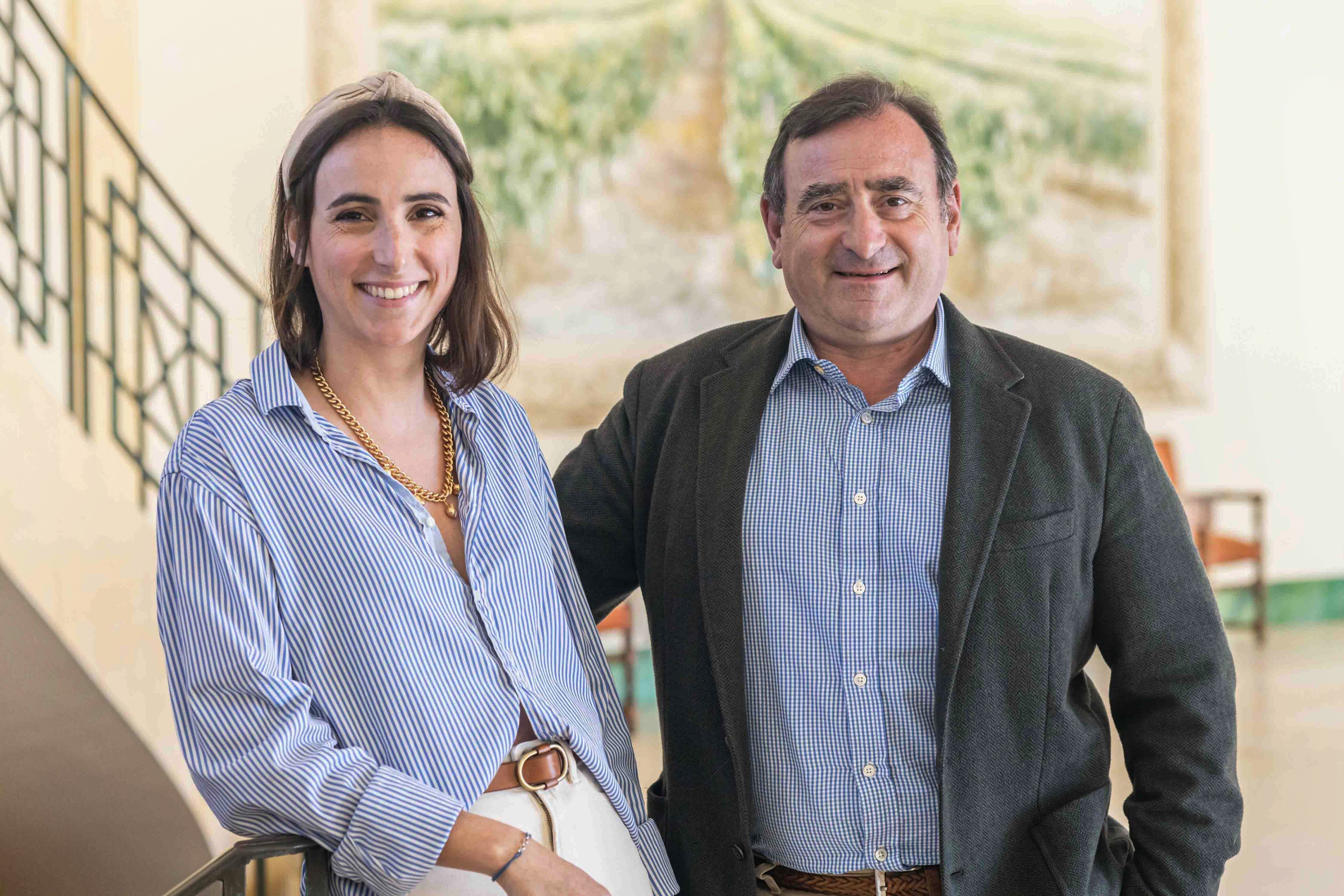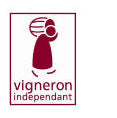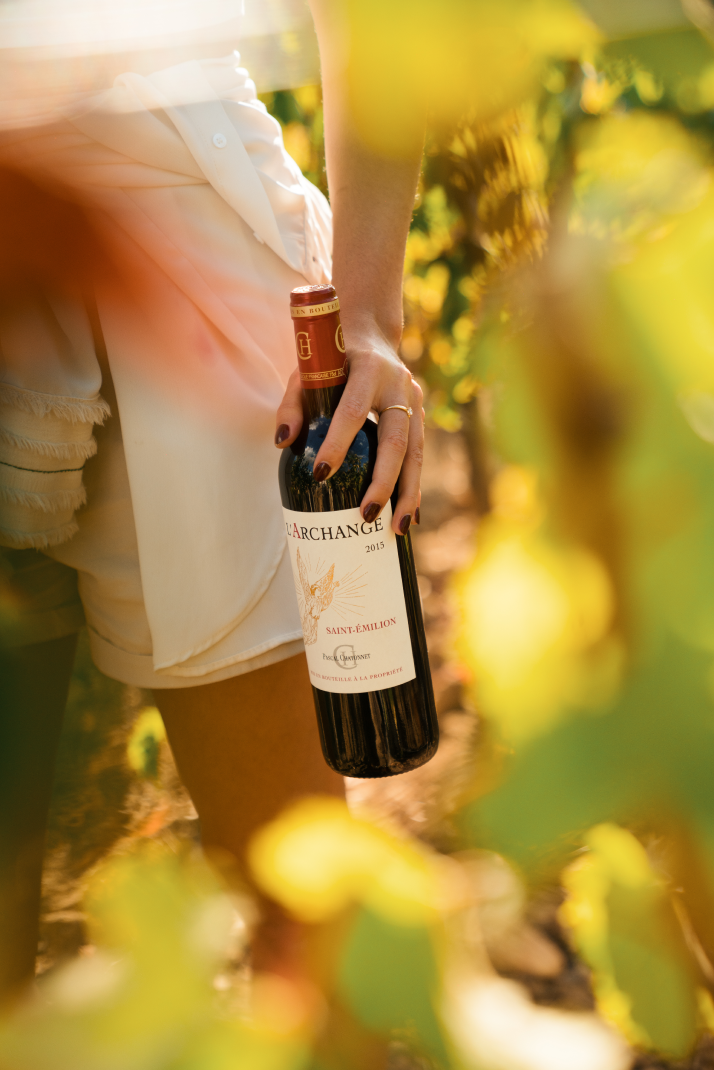
Organic Viticulture and Naturalness of Inputs By Pascal Chatonnet
Officially, Organic Agriculture prohibits the use of synthetic chemicals and favors biological control of pests. However, the use of natural pesticides is authorized in ORGANIC when justified by the farmer, in accordance with Article 4 and Article 12 of Regulation (EC) No. 834/2007, as well as 'in Article 5 of Regulation (EC) No 889/2008. In other words, the use of (natural) pesticides is not permitted preventatively (unlike conventional agriculture), but only in cases where the crop is affected by disease or pests. Thus, ORGANIC viticulture does not prohibit the use of certain natural pesticides as detailed in the guide to crop protection products usable in France in organic farming, revised every quarter (http://www.itab.asso.fr /activites/guide-intrants.php). The main active substances used in Organic Agriculture for the treatment of diseases and pests are therefore natural: copper, sulfur, oils, fungi and bacteria, but this does not mean that they are without consequences for the environment and living things, depending on the dosages spread and conditions of use. In addition, exemptions, in addition to authorized pesticides, can be granted for a maximum of 120 days to treat conditions that endanger the crop... The insecticide Spinosad, authorized in organic farming since 2008, illustrates the deviations of Organic Agriculture . The organic label in agriculture does not mean an absence of risk, for example on the health of bees; This insecticide, certainly organic, destroys all insects within its reach. Same thing for Chrysanthemum extracts, pyrethrum is a biological poison. Same thing for Rotenone and Nicotine. In contrast, Bacillus thuringiensis produces a toxin almost specific to lepidoptera in the larval stage and therefore hardly disturbs the environment of the vineyard which otherwise does not normally attract any or few butterflies other than vine parasites. Finally, organic crops are not immune to contamination, accidental or deliberate, which often leads detractors of organic to say "everything is contaminated anyway so why pay more?" » which is in practice completely false. If cross-contamination is sometimes inevitable, when organic plots are intertwined with conventional plots or sometimes when the prevailing winds transport a flow of non-organic pesticides over a distance, there are uncontrollable side effects which remain extremely rare. The dosages of pesticide residues in organic wines carried out over several years clearly confirm the absence of notable concentrations of synthetic organic molecules in these products; their presence is now a source of loss of certification. But in the field of pesticides, what defines a natural product that can be used organically from another? It must be natural! But what is a natural product? More or less, it must come from a spontaneously existing source in nature. Alright. There are indeed natural deposits of sulfur that can be used directly, for example. The various preparations from plants are obtained by relatively simple physical extraction processes and are then used in the raw state. Perfect. But what about, for example, copper sulfate (or other salts) widely used in organic and biodynamic viticulture? There are indeed mines from which copper ore is extracted. However, at the exit of the mine, we are still far from being able to use the product extracted from the bowels of the earth on our crops... At the time of the Copper Age, Homo Sapiens did not need extract: it was at a density of 90% almost on the surface. In a way, he only had to bend down to shape it. Today, the copper content of mines is only 1% or much less. This metal comes in two forms: copper sulfide and copper oxide. The difference ? Copper is a chemical element of magma. It rises from the center of the earth to the surface of the earth's crust through faults. Halfway through and unlike the volcano phenomenon, it cools down. The copper layer in contact with air oxidizes, becoming copper oxide. The layer below, unoxidized, is copper sulphide. Except that by having extracted the copper oxide on the surface, we now have to look for the copper sulphide at depth. Copper sulfate is then obtained industrially as a by-product of the chemical stripping of copper using sulfuric acid, a process that is highly polluting due to the residues of the acid itself and the arsenic it contains. Copper sulphide is extracted in successive stages, to dissociate the copper from the other metals contained in the rock in order to obtain a pure metal, the last stage by electrolysis. One of the intermediate steps is also not very green: it generates highly polluting sulfur dioxide, which can be recycled into sulfuric acid. Dissolution by sulfuric acid does not attack metallic copper, only its oxidized form present on the surface in the form of oxides, carbonates (verdigris) and others, passes into solution. The blue pickling solution is then crystallized in tanks (made of copper) into which bars (also made of copper) are immersed. Crystals of hydrated copper sulfate form within a few hours on the surface of the container and bars. The layer of crystals can reach several centimeters thick (5 to 15 or more). These crystals are collected and crushed. From open-air or underground mines to the pure copper stage, the industrial processes involved in the production cycle (separation of mineral components by flotation, treatment of the concentrate by pyrometallurgy, refining by electrolysis) pose serious environmental problems. Not to mention water consumption, these processes generate solid, liquid and gaseous waste, which represent a considerable source of pollution by heavy metals and gaseous sulfur derivatives. The impacts on soil, water resources and ultimately on human health are therefore very serious on a local scale. Taking into account all the necessary steps from extraction to the finished product, I would be curious to know the ecological balance of the Bouillie Bordelaise in the end... Without going back to the toxic effects of copper on the microfauna and flora of the soil (read Toxicity copper in viticulture: myths and realities on the subject), it is clear that all farmers and in particular wine growers must seek to reduce the use of this metal. The use of organic preparations based on plants (horsetail, wicker, essential oils) or minerals (silica) can be used in organic or biodynamic agriculture but with very relative effectiveness... Alone, these preparations are, let us say it clearly, totally ineffective if mildew pressure is high. On the other hand, associated with copper, they make it possible to reduce the dose applied by 1/4 to 1/3 or even more and provide sufficient protection subject to very frequent treatments. Indeed, strictly on contact, these products easily disappear in the rain. Other products that stimulate the plant's natural defenses have comparable effects. Some are authorized as organic, but all are sensitive to leaching and condemned to frequent spraying and the consequences of these repeated passages (soil compaction, cost, fuel, etc.). An alternative solution, already addressed in the description of the principle of Biosynergy in the broad sense, would be to use a category of stimulator (potentiator) less sensitive to leaching because it is systemic penetrant: phosphonate salts. Phosphonates associated with copper provide effective protection against mildew subject to preventive applications perfectly positioned in relation to the successive sporulation cycles of the parasite. Compared to copper and plant or other preparations, phosphonate is systemic and therefore less sensitive to leaching. It acts first by stimulating the production of the plant's natural defenses to block or reduce infection by the downy mildew fungus, but it also acts, especially when used in combination with copper, directly on the Mildew itself. The protection conferred on the leaf is excellent by reducing the doses of copper by two or three depending on the pressure of the disease; on clusters the protection is average but the aim of the copper + phosphonate strategy is to act preventively by maintaining a sufficient level of natural defenses to avoid infection either on the flower or on the cluster! Phosphonates, unlike copper, are biodegradable; the toxicity of phosphonates and their degradation product, phosphorous acid, is extremely low, if not zero. This product does not affect beneficial insects and mites. The toxicity towards aquatic fauna is infinitely lower than that of copper. Phosphorous acid does not migrate significantly in soils; the quantity of phosphorus provided is minor, therefore without negative impact on the mycorrhizae but it can participate in foliar nutrition. But the Bios don't want it! However, the organic Swiss and Germans are asking for more. But nothing to do the ideology is stronger. The arguments are as follows: “Phosphonate sprays systematically lead to the presence of residues (ultimately phosphorous acid) on the grapes and in the wine, which represents a huge disadvantage. These residues are below the MRLs and are not toxic to the consumer. But consumers of organic products refuse the presence of pesticide residues. Furthermore, if this type of product were authorized, it would become difficult (if not impossible) to differentiate products from sustainable viticulture from organic. Phosphonate salts cannot therefore be authorized (https://abiodoc.docressources.fr/doc_num.php?explnum_id=2512). » But if “the enormous inconvenience” represented by the presence of residues without toxicity is responsible for the rejection of phosphonates by organic viticulture, then why the broad spectrum insecticide with proven direct toxicity Spinosab (http://alert-environnement .fr/2018/05/18/spinosad-un-insecticide-bio-aux-effects-ravageurs/), also a systematic source of residues in wine, is it authorized? Why do organic people also demand, for example, the possibility of using Neem oil (extract from the Neem tree Azadirachta indica) whose active ingredient is azadirachtin. This molecule is certainly natural but it represents a danger for bees and other auxiliary insects, can cause liver and lung lesions in certain mammals, is the subject of a proposed toxicological classification as a toxic substance for category 2 reproduction (R2), to be linked to a potential for endocrine disruption, which justifies that products containing azadirachtin be used with caution (http://questions.assemblee-nationale.fr/q15/15 -3647QE.htm). Then, isn't not being able to differentiate between wines from organic or sustainable viticulture if this product was usable in both cases an admission ultimately of the absence of any really notable difference between the two methods of production? What about the competitive advantage of organic products if they were not different from the quality products of sustainable agriculture? It is clear that if phosphonates were “authorized organically”, 95% of wine growers would ipso facto convert… But is this really what we are looking for? Better to continue to talk pointlessly about the use of pesticides in non-organic or biodynamic viticulture... The organics have demanded to maintain the limit of copper use at 6 kg/ha/year while these disadvantages are well known but supposedly accepted because they are historical (https://abiodoc.docressources.fr/doc_num.php?explnum_id=2512). Find the error! There remains the argument of the “non-naturalness” of phosphonates. These products would not exist in a natural state, or rather and this is very different, were not deposited in the form of mineral deposits on the planet. However, phosphonates have been identified in the natural environment and in particular in numerous biological organisms where these products are clearly involved in defense mechanisms against certain parasites (https://www.intechopen.com/online-first/phosphonates -their-natural-occurrence-and-physiological-role). Their instability prevents their accumulation as is; their use on an industrial scale therefore requires their synthesis from the origin of phosphate rocks. So what ? Is it different for copper salts? All this to finally conclude that it would probably be time to stop using bad arguments to differentiate ourselves unnecessarily. From my point of view, it would be more constructive for the environment as a whole and for the economy of our wine sector in particular, to use all effective respectful means in synergistic combination rather than accepting or excluding a priori solutions that are potentially or obviously very useful or rather dangerous, for reasons that are obscure or scientifically unfounded. Neither Organic nor Biodynamic, let's become Biosynergic. “You are not right or wrong because others agree with you.


